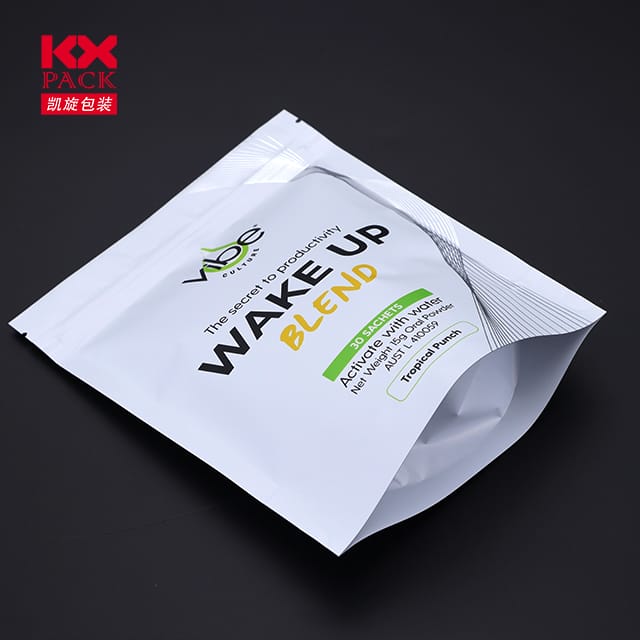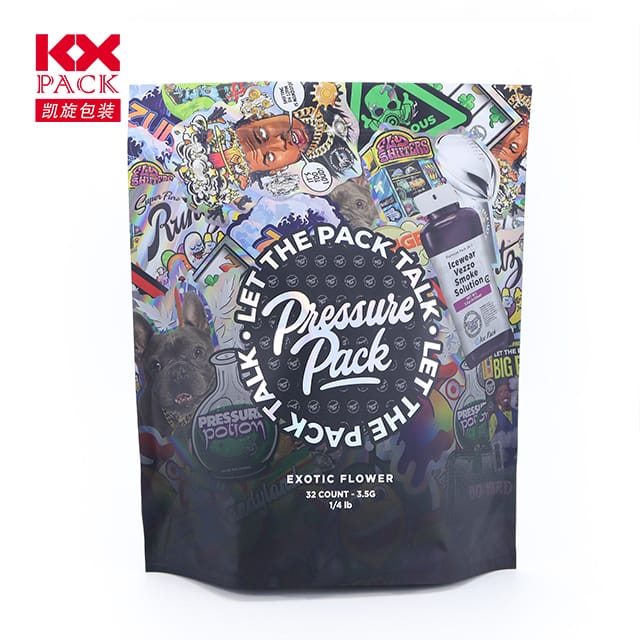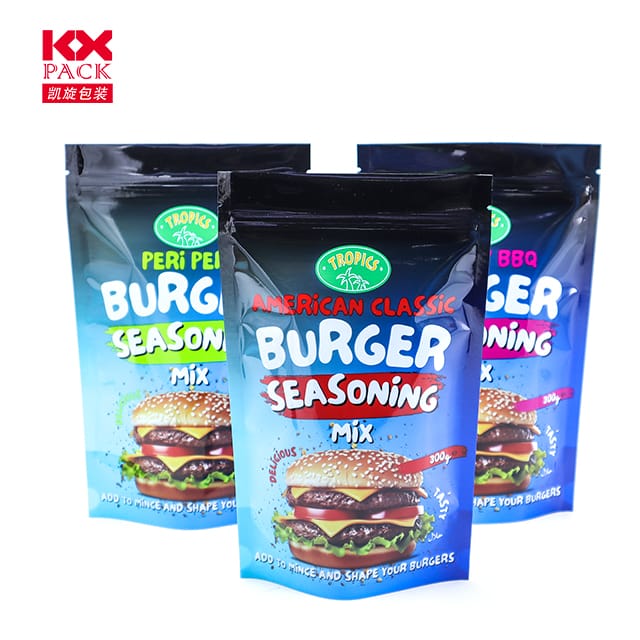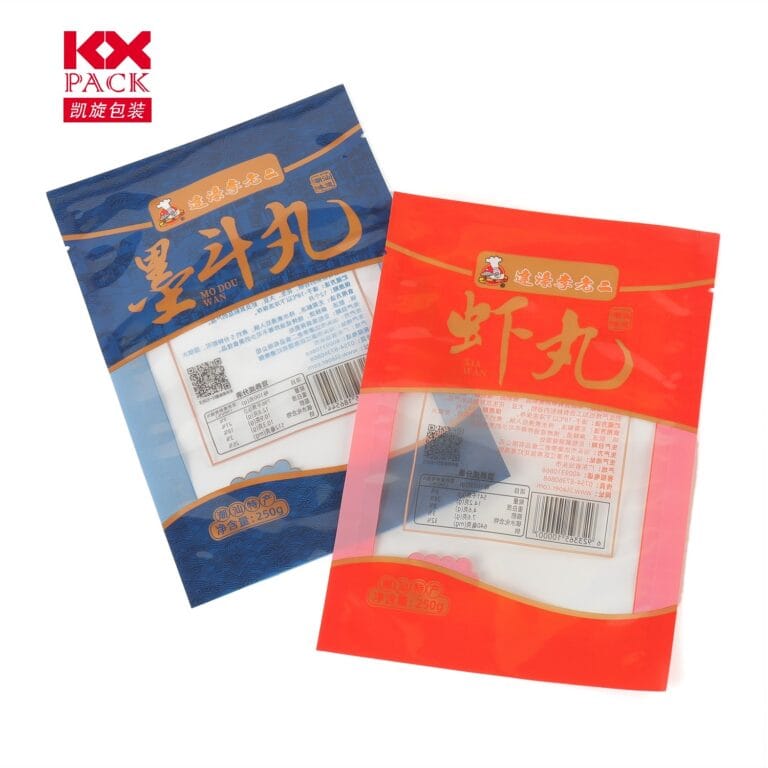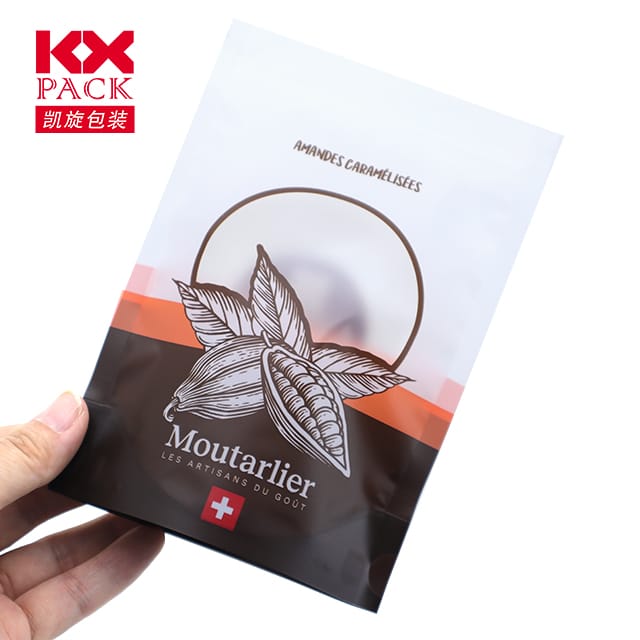The Evolution and Environmental Impact of Plastic Wrapping Film: A Double-Edged Sword
Plastic Wrapping Film
In the realm of modern Plastic Wrapping Film, plastic wrapping film stands as both a marvel of convenience and a symbol of environmental urgency. From its accidental discovery in a 1930s laboratory to its ubiquitous presence in households and industries, 이 얇은, transparent material has revolutionized food preservation, product transportation, and consumer habits. 아직, as its usage skyrockets, so too do concerns about its ecological footprint. Let’s delve into the story of plastic wrapping film—its origins, 혁신, and the pressing need for sustainable alternatives.
The Birth of a Sticky Innovation
The tale of Plastic Wrapping Film begins with a chemical mishap. In the 1930s, researchers at Dow Chemical were experimenting with hydrocarbon and chlorine, aiming to create a new product from the by-products of dry-cleaning agents. Instead, they stumbled upon Polyvinylidene Chloride (PVDC), a polymer that clung stubbornly to the bottom of beakers. Initially developed as a protective spray for U.S. fighter planes during World War II, PVDC later evolved into the commercial plastic wrap we know today. Launched in 1949 as “Saran Wrap,” it became a household staple, praised for its ability to seal in freshness and extend the shelf life of food.
Chemistry and Controversy: The Material Science Behind the Wrap
PVDC’s secret lies in its chlorine atoms, which create a strong dipole-dipole interaction, making the film adhere to itself and surfaces. 하지만, environmental and health concerns have prompted manufacturers to pivot toward alternatives likePolyvinyl Chloride (PVC) 그리고저밀도 폴리에틸렌 (LDPE). While LDPE is cheaper and more flexible, it lacks PVDC’s clinginess, necessitating the addition of plasticizers—such as phthalates, linked to hormonal disruptions—to improve performance.
The shift in materials hasn’t silenced critics. Studies highlight risks when plastic wrap is heated, as in microwaves, where chemicals likeBisphenol A (BPA) and phthalates can leach into food. 게다가, the non-biodegradable nature of these polymers means discarded wraps persist in ecosystems for centuries, contributing to the global plastic crisis.
Beyond the Kitchen: Industrial and Agricultural Applications
Plastic wrapping film’s utility extends far beyond food storage. In agriculture, it coats greenhouses, trapping heat and moisture to boost crop yields. Logistics industries rely on stretch film to secure pallets, reducing damage during transit. Even in healthcare, sterile packaging employs plastic films to maintain hygiene.
아직, these benefits come at a cost. A single roll of plastic wrap may take 200–500 years to decompose, with discarded fragments infiltrating soil, 수로, and marine life. Turtles, seabirds, and cows often mistake plastic for food, leading to fatal digestive blockages.
The Quest for Sustainability: Innovations and Alternatives
Recognizing the urgency, researchers and companies are exploring eco-friendly solutions:
- 생분해 성 필름: Derived from plant-based polymers like polylactic acid (PLA), these films decompose in compost within months.
- Edible Coatings: Made from seaweed or starch, these barriers protect food without waste.
- Paper-Based Packaging: Innovations like FlatSkin®—which reduces plastic use by 75% in meat packaging—demonstrate paper’s potential as a recyclable, renewable alternative.
- Reusable Systems: Silicone lids, beeswax wraps, and glass containers offer durable, zero-waste options for households.
The Consumer’s Role: Mindful Choices for a Greener Future
While systemic change is essential, individual actions matter. Opting for reusable containers, supporting brands with sustainable packaging, and advocating for policy reforms can collectively reduce plastic demand. Small steps, like avoiding plastic wrap for leftovers or choosing products in paper packaging, send a powerful market signal.
결론: Balancing Progress and Planet
Plastic wrapping film is a testament to human ingenuity—a material that transformed food safety and industrial efficiency. 아직, its environmental toll demands reevaluation. As we stand at the crossroads of innovation and sustainability, the challenge is clear: harness the convenience of plastic without compromising the planet’s future. By investing in biodegradable materials, recycling infrastructure, and consumer education, we can wrap the world in progress while preserving it for generations to come.
What’s your take on plastic wrap? Share your thoughts or eco-friendly hacks in the comments below! 🌍📦✨

